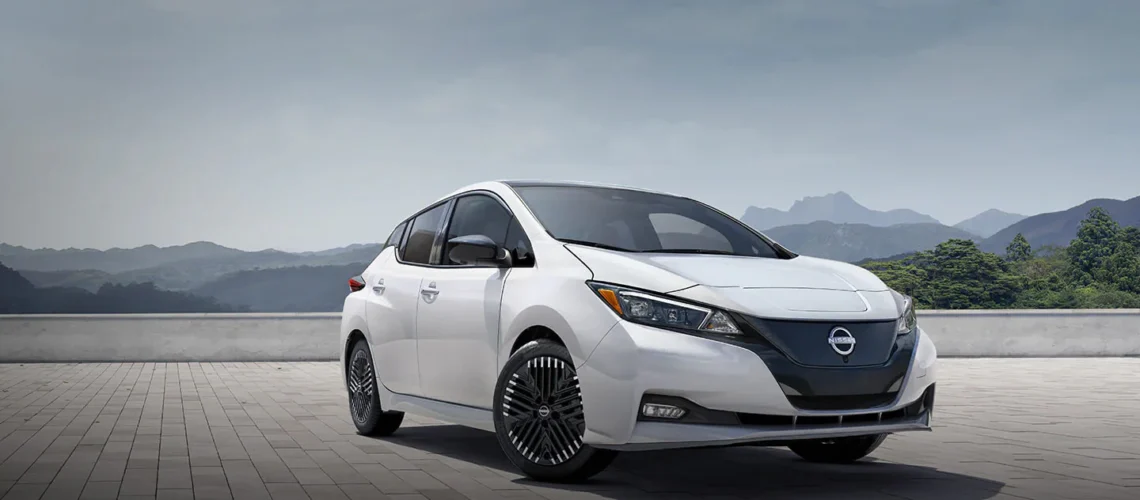Rideshare and delivery driving have become popular ways to earn money, and for those without a personal vehicle, renting a car can be a great solution. Services like Uber, Lyft, and DoorDash allow drivers to use rental cars, but is it the right choice for you? Let’s explore the pros and cons of driving for these platforms with a rental vehicle.
Pros of Driving for Uber, Lyft, and DoorDash in a Rental
1. No Wear and Tear on Your Own Car
Using a rental vehicle means you don’t have to worry about depreciation, maintenance, or unexpected repair costs on your personal car. Instead, the rental company handles these concerns.
2. Unlimited Miles and Maintenance Included
Many rental programs tailored for rideshare and delivery drivers offer unlimited mileage, so you can drive as much as you need without worrying about extra fees. Maintenance is also included, which helps reduce your overall costs.
3. Insurance is Covered
With most rental programs for Uber, Lyft, and DoorDash, insurance is included in the price, saving you the hassle of finding and paying for separate coverage.
4. Flexibility to Start Driving Immediately
If you don’t own a car or your personal vehicle doesn’t meet platform requirements, renting allows you to start earning right away without the commitment of purchasing a vehicle.
5. Loyalty Perks and Discounts
Some rental programs offer rewards after a certain period, such as discounted rates or additional benefits after one month of consistent driving.
Cons of Driving for Uber, Lyft, and DoorDash in a Rental
1. Higher Upfront Costs
Renting a car can be more expensive than using your own, as you’ll have weekly or monthly rental fees to cover. While insurance and maintenance are included, these costs can add up over time.
2. Limited Earning Potential Due to Rental Fees
Since rental fees are deducted from your earnings, it can take longer to reach your desired income. Drivers must work enough hours to offset the cost and still make a profit.
3. Contract and Commitment Requirements
Some rental programs require a minimum rental period or ongoing commitments, which can be restrictive if you only want to drive part-time.
4. Vehicle Availability May Vary
During peak times, rental vehicles for rideshare and delivery drivers may not always be available, potentially delaying your ability to start driving.
5. Restrictions on Personal Use
Some rental companies impose limits on personal use of the vehicle, meaning you may not have the same freedom as you would with your own car.
Final Thoughts
Driving for Uber, Lyft, or DoorDash with a rental can be a smart option for those who want to start earning without owning a car. The included insurance, maintenance, and unlimited miles provide great value, but the rental fees can impact your overall earnings. Before making a decision, consider your driving goals, costs, and commitment level to see if renting is the right choice for you.


